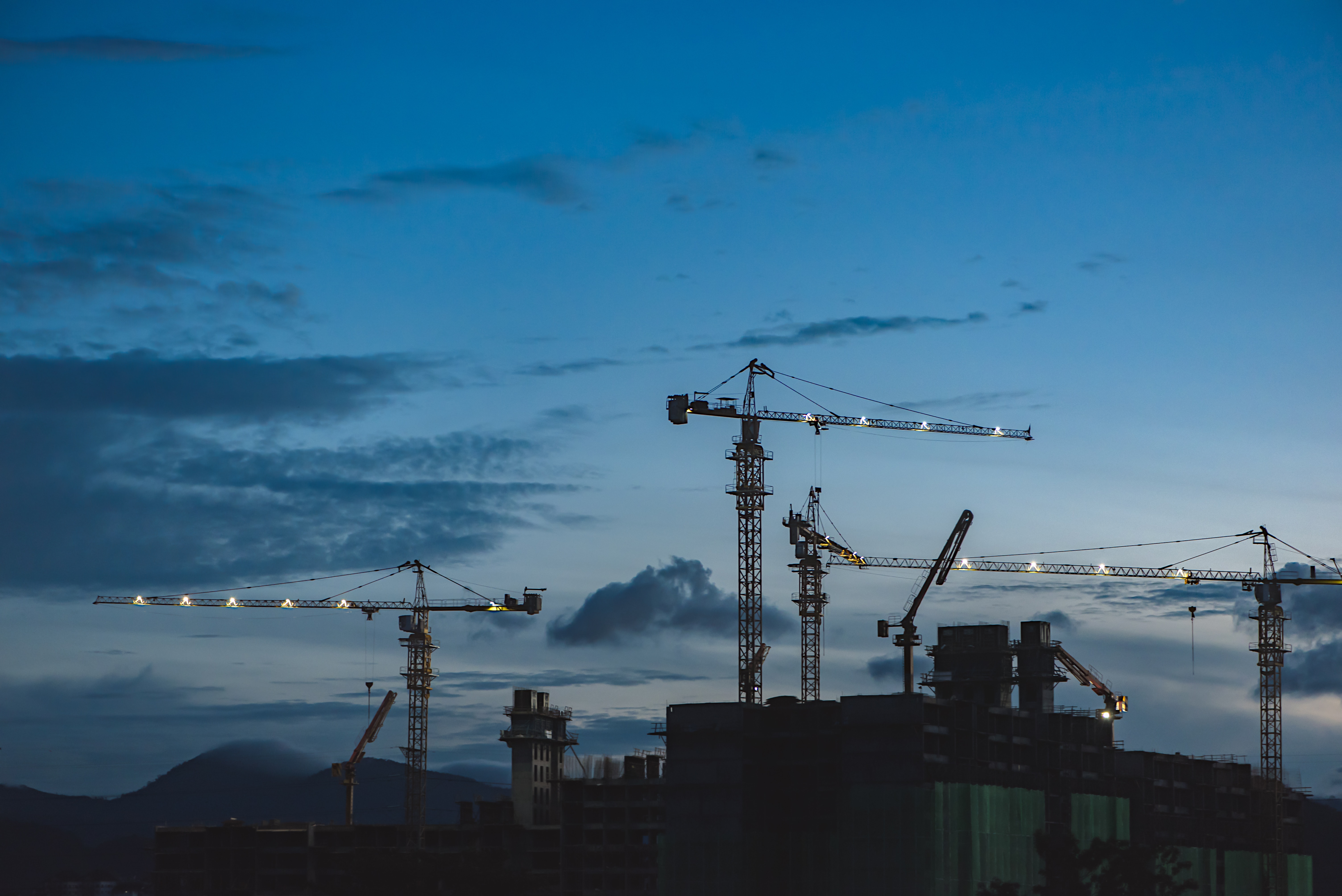Pillars of Sustainable Construction Practices

Sustainability has become a critical consideration across various industries, and the construction sector is no exception. As the demand for eco-friendly buildings and infrastructure increases, the implementation of sustainable construction practices has transformed from a mere trend into a necessity. In this blog post, we’ll cover a few staples of sustainable construction and how they contribute to a better future for the construction and contracting industry.
Energy Efficiency and Education
Energy consumption is a major concern in construction, with buildings accounting for a significant percentage of yearly energy use. Therefore, an effective way to promote sustainability is to optimize energy consumption in both construction processes and completed buildings. Sustainable construction practices focus on minimizing energy use through methods like proper insulation and weatherproofing, installation of energy-efficient lighting and appliances, use of natural light and ventilation systems, and implementation of renewable energy sources like solar panels or wind turbines.
To effectively adopt and maintain sustainable construction practices, it’s crucial to ensure that industry professionals stay up-to-date on the latest developments and technologies. Through ongoing education and training, architects, engineers, and contractors can not only deepen their understanding of sustainability principles but also develop the necessary skills to incorporate them into their projects, consequently driving industry-wide progress and innovation.
Part of this educational process involves staying informed through industry resources, such as contractor websites. These websites provide valuable information on the latest sustainable construction methods and technologies and can aid in the adoption of environmentally friendly practices.
Material Selection and Water Conservation
The materials used in construction have a significant environmental impact. Sustainable construction seeks to minimize this impact by prioritizing materials that are recyclable, contain recycled content, are non-toxic and eco-friendly, are locally sourced to reduce transportation emissions, and are long-lasting and low-maintenance, reducing the need for replacements
In addition to material selection, reducing construction waste can help minimize site-related environmental issues. This can be achieved by optimizing material use, implementing recycling programs, and reusing materials from deconstructed buildings.
Water management plays a major role in sustainable construction, as it seeks to enhance water efficiency on construction sites and in completed buildings. Strategies employed in this pillar include utilizing native plants or drought-tolerant species in landscaping, installing low-flow plumbing fixtures and appliances, implementing rainwater harvesting and greywater recycling systems, and employing permeable paving materials to manage stormwater runoff.
Site Selection and Indoor Quality
Choosing a suitable location for a construction project is integral to sustainable building practices. Try selecting and developing sites that avoid sensitive natural areas, utilize existing infrastructure, are close to public transportation and amenities, preserve natural features, and minimize land disturbance. Sustainable construction not only reduces the environmental impact but also contributes to the creation of vibrant, connected communities.
Sustainable construction aims to create healthier and more comfortable living and working spaces. Indoor environmental quality encompasses aspects such as air quality, lighting, and acoustics, which directly impact occupants’ well-being. Measures to improve indoor environmental quality include using low-VOC (volatile organic compound) materials to reduce indoor air pollution, designing for optimal acoustics to minimize noise pollution, incorporating biophilic design elements, such as natural materials and greenery, and implementing smart lighting systems for greater lighting control and comfort
Community Engagement and Improvement
Engaging local communities in the sustainable construction process is essential for fostering a sense of ownership and ensuring that the project meets the needs of the people it serves. Collaborating with various stakeholders, such as residents, local authorities, and environmental organizations, can help identify and address concerns, align goals, and ultimately result in better-designed projects that benefit everyone involved.
Understanding and continuously improving a building’s performance throughout its lifecycle is an important aspect of sustainable construction. A comprehensive lifecycle assessment (LCA) can help identify the environmental impact of a building from its design and construction stages to its operation, maintenance, and eventual decommissioning. Performance monitoring tools can further facilitate the optimization of energy, water, and waste management, ensuring that the building continues to perform efficiently long after its completion.
Conclusion
As the world moves toward greater ecological responsibility, the construction and contracting industry must continue to prioritize sustainable practices. With a comprehensive approach encompassing energy efficiency, water conservation, site selection, and education, we can create a brighter and more sustainable future for all.
